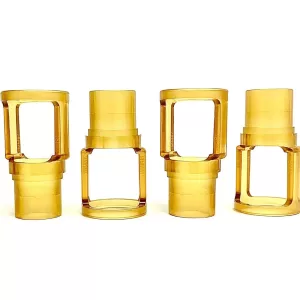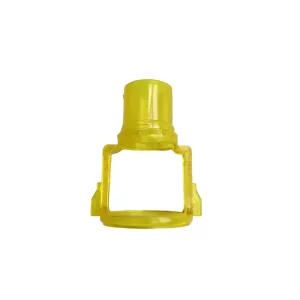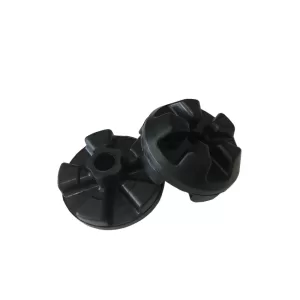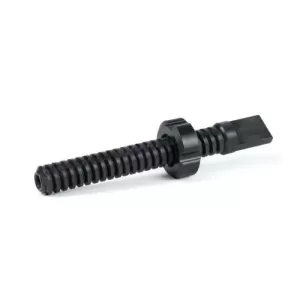Plastic Injection Molding Parts List
What Is Injection Molding Plastic Parts?
Injection molded plastic parts are plastic parts made of thermoplastic or thermosetting materials into various shapes using plastic molds. Plastic injection molding is a method of plastic products. Molten plastic is injected into the plastic product mold using pressure, and the desired plastic parts are obtained by cooling and molding. There are mechanical injection molding machines specifically designed to perform injection molding. The most commonly used plastics at present are polyethylene, polypropylene, ABS, PA, polystyrene, etc.
How to Manufacture High-Quality Plastic Parts Through Injection Molding?
Manufacturing high-quality plastic parts through injection molding involves several steps and considerations. Here are some guidelines to follow:
1. Design the part: The first step is to design the part using computer-aided design (CAD) software. The design should follow fundamental guidelines specific to the injection molding process.
2. Select the right thermoplastic and mold: Each plastic’s properties will make them appropriate for use in certain molds and components. The most common thermoplastics used in injection molding are ABS, polycarbonate, polypropylene, and nylon. The mold tool is made up of two parts: the cavity and the core. The cavity is a fixed part that the plastic is injected into, and the core is a moving part that helps to eject the finished product from the mold.
3. Set up the injection molding machine: The components of an injection molding machine include a hopper, a barrel, a reciprocating screw, heater(s), movable platen, a nozzle, a mold, and a mold cavity. The plastic material is poured into the barrel, where it is melted and then injected into the mold cavity through the nozzle.
4. Control the process parameters: Although the injection molding process may seem simple, there are many parameters that need to be tightly controlled to ensure the overall quality of the plastic components produced. These parameters include temperature, pressure, injection speed, cooling time, and holding time.
5. Inspect the finished product: Once the plastic parts have been produced, they should be inspected for quality and consistency. This can be done using visual inspection, dimensional inspection, and functional testing.
In summary, manufacturing high-quality plastic parts through injection molding involves designing the part, selecting the right thermoplastic and mold, setting up the injection molding machine, controlling the process parameters, and inspecting the finished product. By following these guidelines, manufacturers can produce plastic components that are reliable, high-quality, and consistent.
Free Technical Solutions
This product category mainly displays plastic parts made by injection molding process. These plastic parts are usually customized products. With the customer’s consent, we display product pictures here to help you understand our quality and capabilities in plastic injection molding.
If you need mass customization of plastic parts, contact us for free technical solutions and let us help you determine whether your product is suitable for CNC machining or injection molding processing.
Showing all 4 resultsSorted by latest




